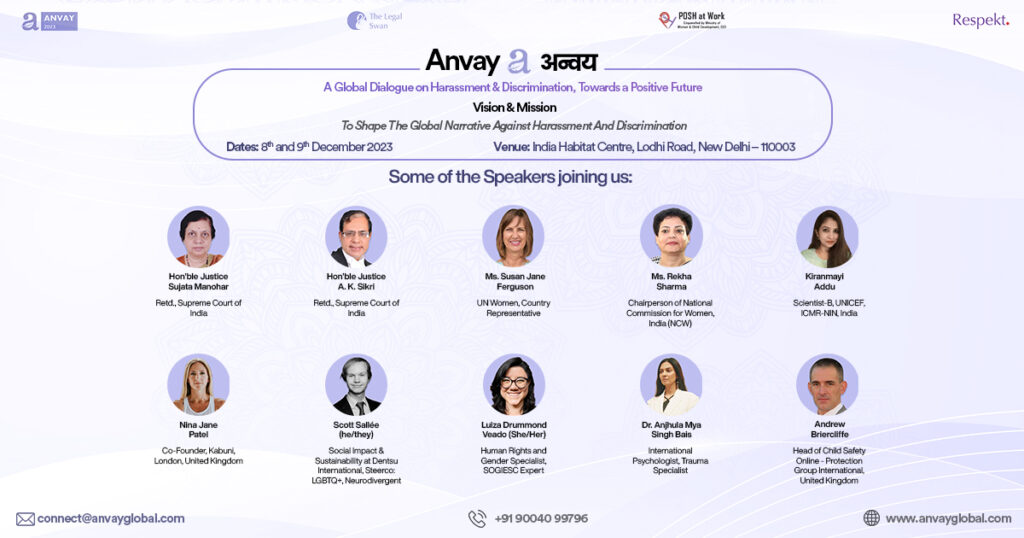Now Reading: Call for Submissions : National Law School of India Review, Vol. 28(1)
-
01
Call for Submissions : National Law School of India Review, Vol. 28(1)
Call for Submissions : National Law School of India Review, Vol. 28(1)
The most recent issue of the NLSIR, Vol. 27(1), will feature contributions by Dr. Catherine Seville, Reader, Newnham College, University of Cambridge, Dr. Wayne Courtney, Associate Professor, University of Sydney, and Prof. Afra Afsharipour, Professor of Law, UC Davis School of Law among several others. Moreover, in August 2009, NLSIR attained the unique distinction of being the only Indian student-run law journal to be cited by the Supreme Court of India, in Action Committee, Un-Aided Private Schools v. Director of Education. NLSIR has also recently been cited in Justice R. S. Bachawat’s Law of Arbitration and Conciliation, a leading treatise on arbitration law in India. Papers may be submitted under the following categories:
1. Long Articles: Between 5000 and 8000 words, inclusive of footnotes. Papers in this category are expected to engage with the theme and literature comprehensively, and offer an innovative reassessment of the current understanding of that theme. It is advisable, though not necessary, to choose a theme that is of contemporary importance. Purely theoretical pieces are also welcome.
2. Essays: Between 3000 and 5000 words, inclusive of footnotes. Essays are far more concise in scope. These papers usually deal with a very specific issue, and argue that the issue must be conceptualized differently. They are more engaging, and make a more easily identifiable, concrete argument.
3. Case Notes and Legislative Comments: Between 1500 and 2500 words, inclusive of footnotes. This is an analysis of any contemporary judicial [Type text] pronouncement or a new piece of legislation whether in India or elsewhere. The note must identify and examine the line of cases in which the decision in question came about, and comment on implications for the evolution of that branch of law. In case of legislative comment the note must analyze the objective of the legislation and the legal impact the same is expected to have.
Authors are requested to note that pieces engaging with a foreign theme or legal development, in any of the above categories, should also explain its relevance in the Indian context, whether by virtue of similar laws or otherwise.
Submissions are preferred in Times New Roman font, double-spaced. Main text should be in font size 12 and footnotes in font size 10. All submissions must be in doc.x format. The review uses only footnotes (and not end-notes) as a method of citation. Submissions must conform to the Bluebook (19th edn.) system of citation. The NLSIR only accepts electronic submissions. All submissions should contain the name of the author, professional information, the title of the manuscript, and contact information. The last date for submissions to Volume 28(1) is November 30, 2015. Submissions may be emailed to mail.nlsir@gmail.com under the subject heading ’28(1) NLSIR – Submissions’.
Brochure : https://www.nls.ac.in/resources/callforpapersNLSIR2015.pdf







